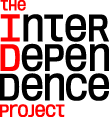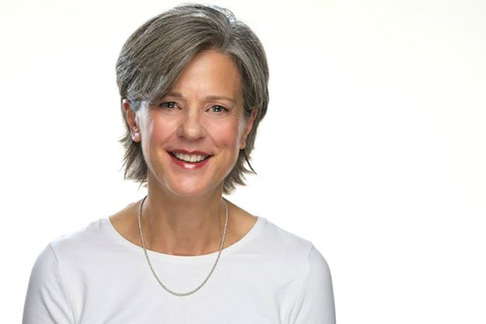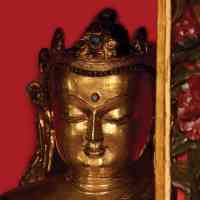
About the Meditation
Meditation session led by Tracy Cochran.
The guided meditation begins at 17:44.
For centuries Himalayan practitioners have used meditation to quiet the mind, open the heart, calm the nervous system, and increase focus. Now Western scientists, business leaders, and the secular world have embraced meditation as a vital tool for brain health.
Whether you’re a beginner, a dabbler, or a skilled meditator seeking the company of others, join expert teachers in a forty-five-minute weekly program designed to fit into your lunch break. Each session will be inspired by a different work of art from the Rubin Museum’s collection and will include an opening talk, a twenty-minute meditation session, and a closing discussion.
This program is supported in part by the Hemera Foundation with thanks to our presenting partners Sharon Salzberg, the Interdependence Project, and Parabola Magazine.


Related Artwork

Theme:Interdependence
This painting portrays 113 apparitional deities arranged by categories. The innermost circle enshrines the Supreme Heruka together with the Five Transcendental Herukas, all paired with their consorts. In the Nyingma (Old) Tradition the term Heruka (blood drinker) generally refers to any male meditational deity that is wrathful in appearance. A Heruka deity typically has three faces, six arms, eight legs, a consort, and sometimes a pair of wings. Some of these deities can be identified by a unique attribute, such as the horse head of Hayagriva or the kila (purba) peg of Vajrakila, but most are relatively difficult to identify.
In the Nyingma Tradition the Guhyagarbha Tantra is considered the most important of all tantras. It describes two basic mandala configurations: the 42 peaceful deities and the 58 wrathful deities. Combined they are the One Hundred Peaceful and Wrathful Deities. There is a clear organization and a structured hierarchy in the tantra and two mandalas. There is also a clear relationship between the deities of the Guhyagarbha Tantra and the various Tibetan Buddhist traditions of the Bardo Todal (Tibetan Book of the Dead).
The two large concentric circles complete the 58 deities that characterize the wrathful hallucinations of the Bardo Thodrol. The figures outside the circles comprise the canonical 42 peaceful deities complemented by other figures, like those of the Four Gatekeepers, the wrathful figures paired on each side of the central circles.
At top center Samantabhadra and his consort preside over the whole assembly of deities, which is closed at the bottom center by the Five Awareness Holders who also stand with their consorts.
About the Speaker

Tracy Cochran has been a student and teacher of meditation and spiritual practice for decades. She is the founder of the Hudson River Sangha, which is now virtual and is open to all. The link for her weekly meditations can be found on her website: tracycochran.org.
In addition to the Rubin Museum of Art, Tracy Cochran has taught mindfulness meditation and mindful writing at the New York Insight Meditation Center, as well as in schools, corporations, and other venues nationally and internationally. She is also a writer and the editorial director of Parabola, an acclaimed quarterly magazine that seeks to bring timeless spiritual wisdom to the burning questions of the day. Her writings, podcasts, and other details can be found on her website and on parabola.org.

